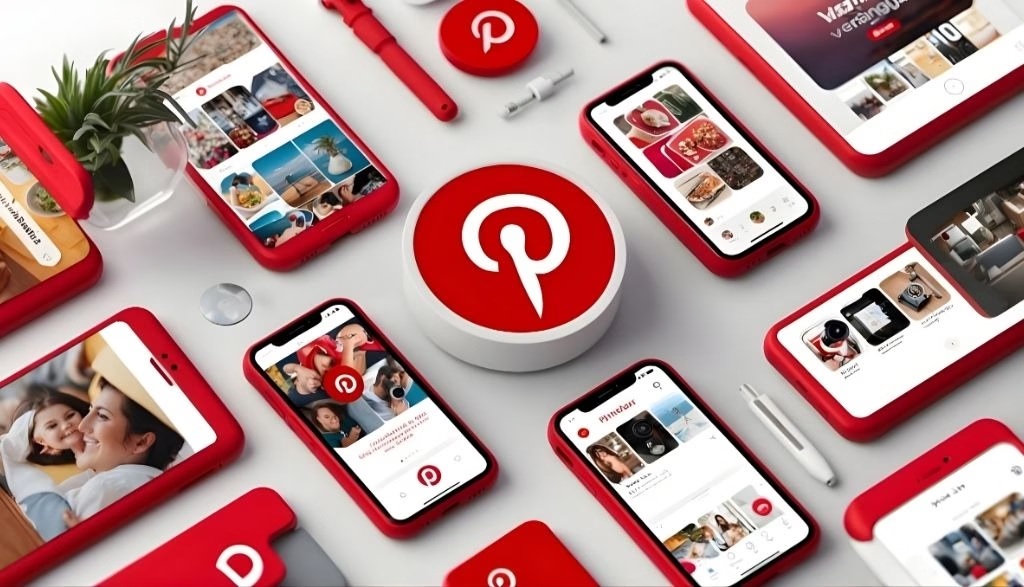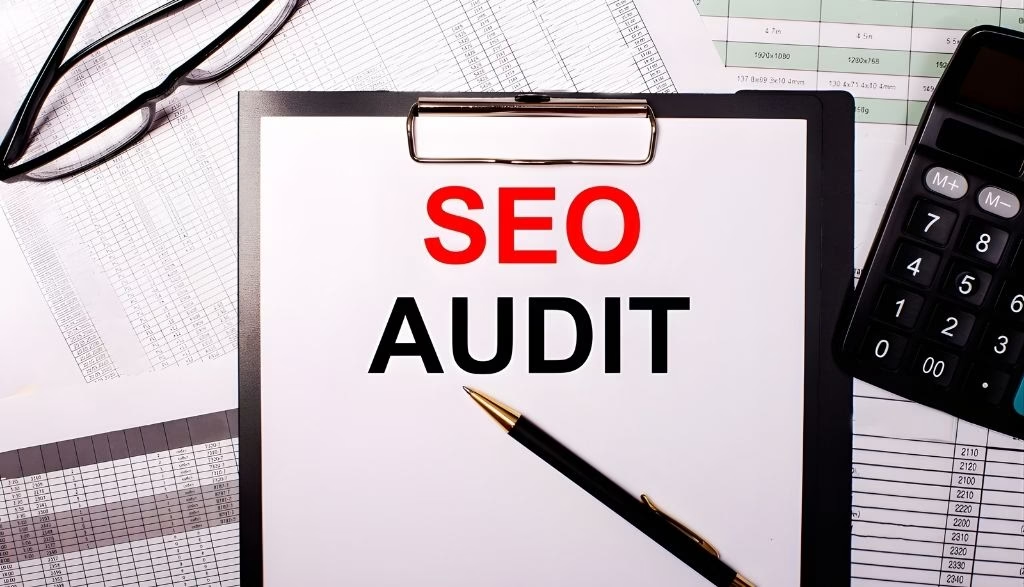Navigating the complex landscape of social media advertising costs can feel overwhelming, especially when you’re trying to maximize your marketing budget. Whether you’re a small business owner wondering how much do ads cost or a marketing professional planning your next campaign objectives, understanding the true cost of advertising across different platforms is crucial for success.
In today’s digital marketplace, social media marketing costs vary dramatically depending on your platform choice, target audience, and bidding strategy. Consequently, having a clear understanding of pricing models can make the difference between a profitable campaign and a budget-draining disaster.
Understanding Social Media Ads Cost Fundamentals
Before diving into specific platform costs, it’s essential to understand how social media advertising costs are calculated. Most platforms use auction-based systems with two primary pricing models that determine your overall investment:
Cost Per Click (CPC) represents the amount you pay when someone clicks on your advertisement. Meanwhile, Cost Per Mille (CPM) refers to the cost per 1,000 impressions, regardless of whether users interact with your ad. Additionally, some platforms offer Cost Per Lead (CPL) and Cost Per View (CPV) pricing for businesses focused on specific conversion goals.
Furthermore, bidding competition determines most advertising costs on major platforms. Advertisers compete for ad placements by bidding on specific audiences, demographics, and keyword targeting. As a result, how much does advertising cost per month depends heavily on industry competition and your target market.
Understanding these fundamentals helps establish realistic expectations for your ad spend and return on investment (ROI). For businesses just starting with digital advertising, comprehensive SEO services can complement paid campaigns by improving organic visibility while reducing long-term advertising dependency.
Facebook and Instagram Ads: The Meta Ecosystem Breakdown
Facebook Advertising Costs
Facebook remains the cornerstone of most digital marketing strategies, though it’s also one of the most competitive platforms. Currently, Facebook ads average $0.44 per click with a CPM of $14.40. However, these costs fluctuate significantly based on industry competition and seasonal trends.
Notably, Facebook ad costs can double or triple during high-competition periods like Black Friday and holiday seasons. For lead generation campaigns, businesses typically pay an average of $5.83 per lead, though effective audience targeting can dramatically reduce these expenses.
The platform’s sophisticated targeting capabilities allow marketers to reach users based on interests, behaviors, demographics, and even custom audiences created from existing customer data. This precision targeting often justifies higher costs through improved conversion rates.
Instagram Advertising Investment
Instagram, while part of the Meta ecosystem, offers different pricing structures. Instagram ads typically cost between $0.20-$2.00 per click, with an average CPM of $6.70. This lower cost reflects Instagram’s superior engagement rates, as images on the platform generate 23% more engagement than Facebook.
The visual nature of Instagram makes it particularly effective for brands with strong visual storytelling capabilities. Therefore, businesses in fashion, food, travel, and lifestyle sectors often find better ROI on Instagram compared to other platforms. The platform’s ad formats include carousel ads, video ads, Stories ads, and shopping ads, each optimized for different campaign objectives.
TikTok Ads Pricing: The Rising Star’s Investment Requirements
TikTok has emerged as a powerful advertising platform, particularly for reaching younger demographics. TikTok’s average CPC is $1 with a CPM of $10, positioning it as a middle-ground option between Facebook and newer platforms.
However, TikTok enforces minimum budget requirements that businesses must consider:
- Campaign-level budgets: Both daily budgets and total budgets must exceed $50
- Ad group budgets: Daily budgets require a minimum of $20
- Lifetime budgets: Calculated based on minimum daily spend multiplied by campaign duration
These requirements ensure consistent ad delivery but may challenge smaller businesses with limited budgets. Nevertheless, TikTok’s growing user base and high engagement rates often justify the investment for brands targeting Gen Z and millennial audiences.
The platform offers unique ad formats including TopView ads, Spark ads, Branded effects, and Playable ads that blend seamlessly with organic content, often resulting in higher user interactions and lower ad fatigue.
Twitter Ads Pricing: The Affordable Alternative
Despite recent platform instability, Twitter ads pricing remains among the most affordable options available. The platform offers three primary advertising formats:
- Promoted tweets: $0.50 to $2.00 per engagement
- Promoted accounts: $2 to $4 per new follower
- Promoted trends: $200,000 per day (enterprise-level only)
Twitter ads demonstrate higher click-through rates than many competitors, achieving 2% compared to Facebook’s 0.72%. However, the platform’s uncertain future and reduced advertiser confidence make it a riskier investment for long-term campaigns.
The platform’s real-time nature makes it particularly effective for brand awareness campaigns, event marketing, and customer service initiatives. Businesses leveraging comprehensive content marketing strategies often find Twitter’s conversational format ideal for sharing thought leadership content and driving engagement.
Pinterest and LinkedIn: Specialized Platform Costs
Pinterest Advertising Costs
Pinterest offers cost-effective options for visual brands, with pricing varying by campaign objective:
- Engagement campaigns: $0.10-$1.50 per click
- Brand awareness: $2-$5 per CPM
- Traffic driving: $0.10-$1.50 per click
The platform’s unique position as a discovery engine rather than a traditional social network creates opportunities for businesses in home décor, fashion, food, and lifestyle sectors. Pinterest users often browse with purchase intent, making the platform particularly valuable for e-commerce businesses.
Pinterest’s ad formats include Standard pins, Video pins, Carousel pins, and Shopping ads that integrate directly with product catalogs, streamlining the path from discovery to purchase.
LinkedIn Professional Network Pricing
LinkedIn commands premium pricing due to its professional audience:
- Sponsored content: $5.26 per click
- Display advertising: $6.59 per 1,000 impressions
- Message ads: $0.80 per sent message
While more expensive, LinkedIn’s targeting capabilities for B2B marketing often justify the higher investment, particularly for companies selling professional services or high-value products. The platform’s professional context creates higher conversion potential for business-focused offerings.
LinkedIn’s ad formats include Single image ads, Carousel ads, Video ads, Text ads, Spotlight ads, and Conversation ads, each designed to leverage the platform’s professional environment.
YouTube Advertising: Google’s Video Platform Costs
YouTube advertising operates through Google’s AdWords system, creating variable pricing based on bidding competition. Average cost per click for YouTube ads is $3.21, with an average CPM of $9.68. Most advertisers pay between $0.10 to $0.30 per view, with the cost to reach 100,000 viewers averaging around $2,000.
The platform’s massive reach of 2.56 billion users makes it attractive for brand awareness campaigns, particularly for businesses creating educational or entertainment content. YouTube’s ad formats include Skippable video ads, Non-skippable video ads, Bumper ads, Overlay ads, and Display ads.
Video content marketing requires significant production investment, but the engagement potential and shareability of video content often justify higher initial costs. Businesses developing comprehensive video strategies benefit from understanding how organic content can amplify paid campaigns.
How Much Does Social Media Marketing Cost: Monthly Budget Planning
The average ad spend ranges from $850 to $2,000 per month, with most social media ad management services costing 10% to 20% of your monthly ad spend. However, most small to mid-sized businesses see traction starting with $1,500 to $2,500 per month, especially on Meta platforms.
When planning your monthly investment, consider these critical factors:
- Industry Competition: Highly competitive sectors like finance, insurance, and legal services command higher costs due to increased bidding competition. Understanding your competitive landscape helps set realistic budget expectations and informs strategic decisions about platform selection.
- Geographic Targeting: Urban markets typically cost more than rural areas, while international targeting can offer cost savings depending on the region. Geofencing capabilities allow businesses with physical locations to optimize spending by targeting users within specific proximity ranges.
- Campaign Objectives: Brand awareness campaigns generally cost less than conversion-focused advertising, though they may require larger budgets to achieve meaningful reach. Lead generation, e-commerce sales, and app installations typically command higher cost per conversion but offer more direct ROI measurement.
- Seasonal Fluctuations: Holiday seasons, back-to-school periods, and industry-specific peak times can double or triple your usual advertising costs. Q4 consistently shows the highest CPM and CPC rates across all platforms due to increased advertiser demand.
For businesses managing multiple marketing channels, integrating social media advertising with comprehensive digital marketing services creates synergistic effects that can reduce overall customer acquisition costs while improving attribution tracking.
Strategic Budget Optimization: Getting More Bang for Your Buck
Maximizing your social media advertising costs requires strategic planning and continuous optimization. Start by defining clear campaign objectives before allocating budget across platforms. Moreover, focus on platforms where your target audience is most active rather than spreading budget too thin across multiple channels.
A/B testing represents one of the most effective methods for reducing costs while improving performance. Test ad creative, audience segments, bidding strategies, and ad placements systematically to identify the most cost-effective approaches. Successful testing requires statistical significance, typically requiring minimum sample sizes and testing duration based on your conversion volume.
Implement retargeting campaigns to focus on brand-aware customers, as these typically deliver higher conversion rates at lower costs. Custom audiences created from website visitors, email subscribers, and existing customers often show 30-50% lower cost per conversion compared to cold audience targeting.
Lookalike audiences provide another cost-effective targeting strategy, allowing platforms to identify users similar to your best customers. These audiences typically demonstrate better engagement rates and lower cost per click while maintaining conversion quality.
Furthermore, consider the total cost of ownership beyond platform fees. Factor in content creation costs, landing page development, design assets, and potential agency management fees when calculating your true how much does social media marketing cost investment.
Creative optimization plays a crucial role in cost management. High-performing ad creative receives better quality scores from platform algorithms, resulting in lower costs and better ad delivery. Regular creative refreshment prevents ad fatigue and maintains engagement rates over longer campaign periods.
Advanced Bidding Strategies and Budget Management
Understanding advanced bidding options can significantly impact your advertising costs. Manual bidding provides greater control over costs but requires ongoing monitoring and adjustment. Automatic bidding leverages platform algorithms to optimize for your campaign objectives but may result in higher costs during learning phases.
Bid caps and cost caps help maintain budget discipline while allowing platforms flexibility in ad delivery optimization. Target cost bidding aims to achieve consistent cost per result across your campaign duration, providing predictable budget planning.
Daily budget pacing affects how platforms spend your allocated budget throughout the day. Standard delivery spreads spending evenly, while accelerated delivery prioritizes reaching your audience as quickly as possible, potentially leading to budget exhaustion early in the day.
Frequency capping prevents ad fatigue by limiting how often individual users see your ads. While higher frequency can improve brand recall, excessive repetition leads to declining click-through rates and increased costs.
Emerging Trends Affecting Social Media Ads Cost
The social media advertising landscape continues evolving rapidly. Privacy updates like iOS 14.5 have impacted targeting accuracy, potentially increasing costs for precise audience segments. However, first-party data collection and email marketing integration can help maintain cost efficiency despite these changes.
Artificial intelligence and machine learning improvements are creating more efficient bidding algorithms, potentially reducing costs for well-optimized campaigns. Platform algorithms increasingly favor authentic content that generates genuine user engagement, rewarding advertisers who create valuable, relevant content.
Video content continues gaining prominence, with platforms favoring video ads in their algorithms. While production costs remain higher than static imagery, video content typically achieves better engagement rates and conversion performance, often justifying the additional investment.
Social commerce integration is transforming how users interact with advertisements. Shoppable posts, in-app checkout, and product catalogs reduce friction in the purchase journey, potentially improving conversion rates while reducing cost per acquisition.
The rise of influencer partnerships and user-generated content provides cost-effective alternatives to traditional advertising. Spark ads on TikTok and branded content partnerships often achieve better authenticity and engagement at lower costs than purely promotional content.
Measuring Success: Analytics and Performance Tracking
Effective cost management requires comprehensive performance measurement. Key metrics beyond basic CPC and CPM include Return on Ad Spend (ROAS), Customer Lifetime Value (CLV), and Attribution modeling across multiple touchpoints.
Conversion tracking implementation ensures accurate ROI calculation and enables optimization for business objectives rather than vanity metrics. Google Analytics integration, Facebook Pixel implementation, and UTM parameter tracking provide comprehensive visibility into campaign performance.
Multi-touch attribution recognizes that modern customers interact with multiple touchpoints before converting. Understanding the customer journey helps allocate budget across channels more effectively and prevents under-investment in awareness-stage advertising that contributes to later conversions.
Cohort analysis reveals how advertising costs translate into long-term customer value, enabling more sophisticated budget allocation decisions. Customers acquired through different channels or campaigns often demonstrate varying retention rates and purchase behaviors.
For businesses seeking to maximize their advertising effectiveness while controlling costs, professional pay-per-click management services can provide the expertise needed to navigate complex platform algorithms and optimization strategies.
Final Thoughts!
Understanding social media ad costs is crucial for developing effective marketing strategies in 2025. While platform pricing varies significantly, successful campaigns depend more on strategic targeting, compelling creative content, and continuous optimization than simply choosing the cheapest option.
Remember that the lowest cost per click doesn’t always translate to the best return on investment. Instead, focus on platforms where your target audience is most engaged and where you can create compelling content that resonates with users.
Budget allocation should reflect your business objectives, customer acquisition goals, and competitive landscape. Start with minimum viable budgets for testing, then scale successful campaigns while maintaining cost discipline through ongoing optimization.
The future of social media advertising will likely see continued platform diversification, privacy-focused targeting, and creative format evolution. Staying informed about these trends while maintaining focus on fundamental optimization principles will ensure continued success regardless of platform changes.
By carefully analyzing your options, setting realistic budgets, and monitoring performance metrics, you can navigate the complex world of social media advertising costs effectively. Whether you’re just starting with a modest budget or scaling up successful campaigns, understanding these fundamentals will help you make informed decisions that drive real business results.
Successful social media advertising requires ongoing optimization, creative testing, and strategic budget allocation. For businesses looking to maximize their advertising investment while minimizing learning curves, partnering with experienced digital marketing professionals can accelerate results and improve long-term cost efficiency.












